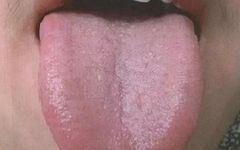
1 Tongue Spirit
The tongue spirit, or the vitality of the tongue, is part of the overall vitality of the body. The tongue spirit is a comprehensive judgment of the characteristics of the tongue image, with “red and vibrant” as the key point for differentiation, mainly reflected in the richness or dryness of the tongue quality.
Rich Tongue:
Characteristics:
The tongue color is rosy and the movement is agile.
Clinical Significance:
The tongue has vitality, indicating a normal tongue image or a mild condition, with a good prognosis.
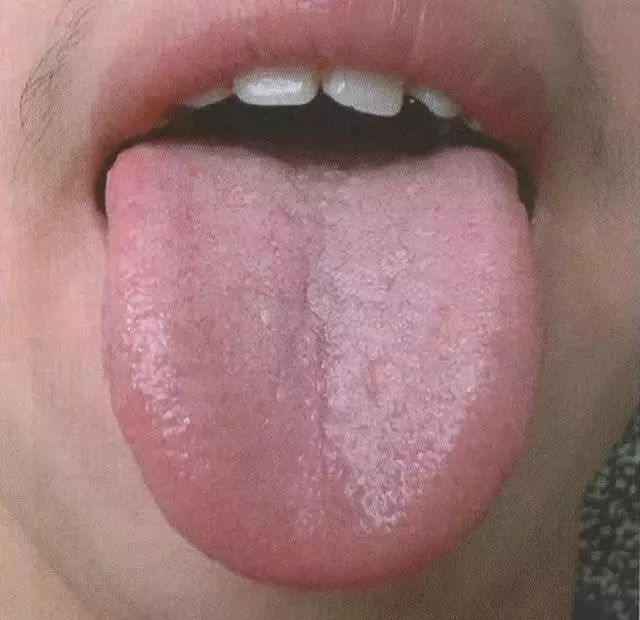
Dry Tongue:
Characteristics:
The tongue color is dull and the movement is not agile.
Clinical Significance:
The tongue lacks vitality, indicating a more severe condition or a poor prognosis.
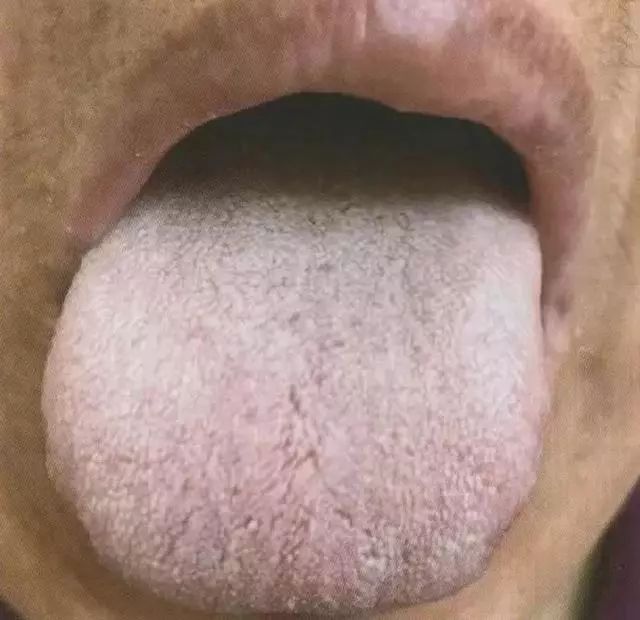
2 Tongue Color
The tongue color refers to the color of the tongue quality, generally divided into five categories: pale red, pale white, red, crimson, and blue-purple, mainly reflecting the status of Qi, blood, Yin, Yang, and the nature of pathogenic factors.
Pale Red Tongue:
Characteristics:
The tongue body is pale red and moist, with a hint of red.
Clinical Significance:
The pale red tongue mainly reflects sufficient heart Qi, strong stomach Qi, and harmonious Qi and blood, commonly seen in healthy individuals or in the early stages of external pathogenic diseases, indicating a mild condition.
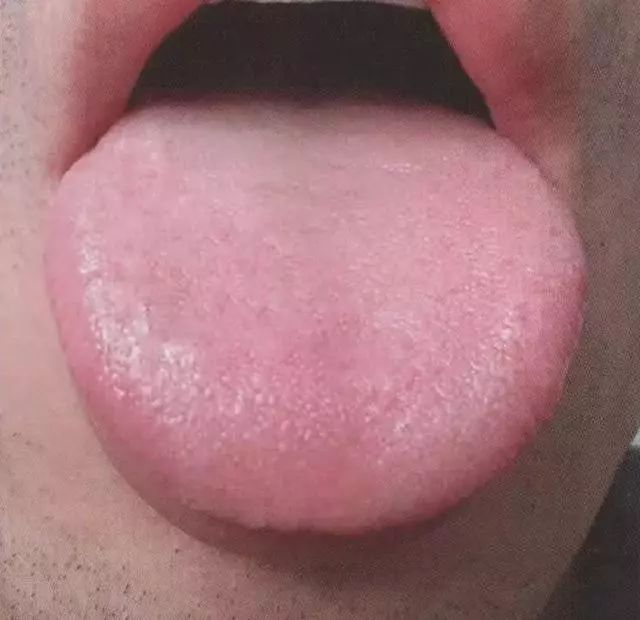
Pale White Tongue:
Characteristics:
Also known as “pale tongue,” the tongue color is lighter than normal, with more white and less red.
Clinical Significance:
Indicates deficiency of Qi and blood, and Yang deficiency. Pale white tongue is commonly seen in anemia, severe malnutrition, and chronic diseases of the digestive, respiratory, and cardiovascular systems.
According to TCM theory, the main reasons for the formation of a pale white tongue are as follows:
(1) Insufficient Qi and blood, leading to inadequate blood filling in the tongue.
(2) Insufficient Yang Qi, unable to warm and transport blood to nourish the tongue.
(3) Yang deficiency with internal cold, causing the meridians to contract, preventing Qi and blood from nourishing the tongue.
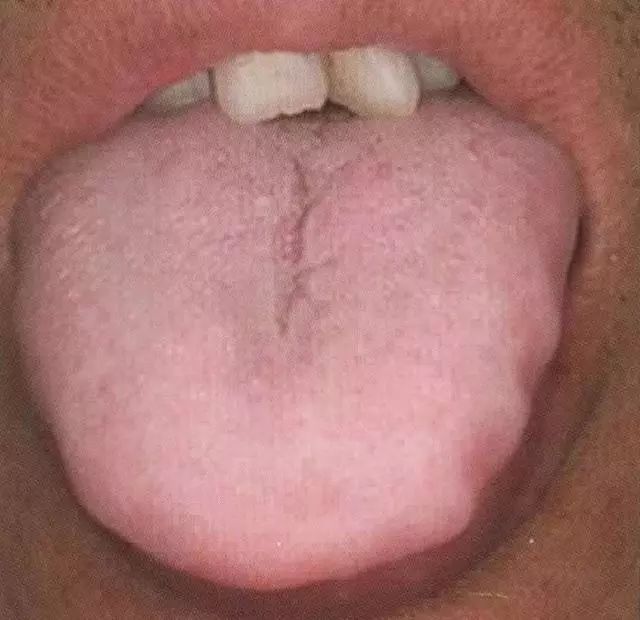
Dry White Tongue:
Characteristics:
The tongue color is pale white, completely lacking blood color, and has no luster.
Clinical Significance:
Indicates extreme deficiency of essence and blood, commonly seen in the late stages of chronic wasting diseases.

Red Tongue:
Characteristics:
The tongue color is redder than normal, appearing bright red.
Clinical Significance:
Indicates heat syndrome; generally, the redder the tongue quality, the more severe the heat condition.
Red tongue heat syndromes can be further classified into excess heat and deficiency heat:① Excess heat typically presents with a red tongue with a coating, and the coating is thin yellow or thick and greasy;
② Deficiency heat typically presents with a red tongue with little or no coating, or various types of peeled coating.
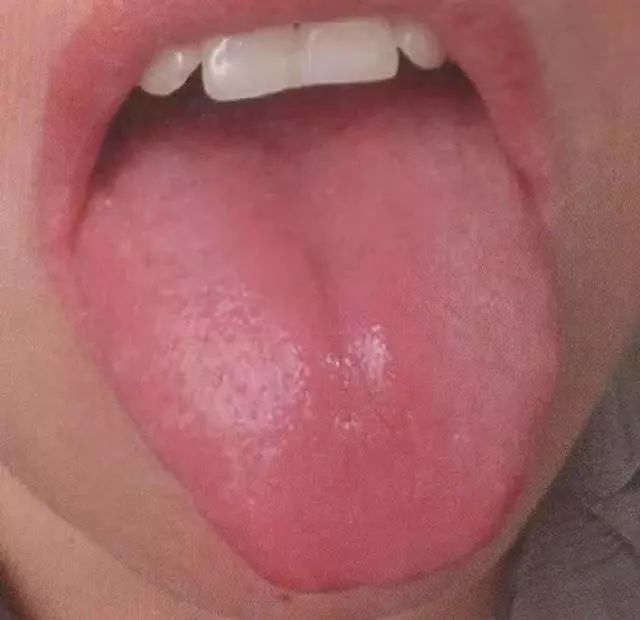
Crimson Tongue:
Characteristics:
The tongue color is deeper red or dark red than a red tongue.
Clinical Significance:
Indicates heat entering the Ying and blood, damaging the Ying Yin. The formation of red and crimson tongues is mainly due to the following three reasons:
(1) Excess heat causing Qi and blood to surge, filling the blood vessels of the tongue;
(2) Heat entering the Ying and blood, damaging the Ying Yin, and scorching the blood;
(3) Yin deficiency leading to dryness, causing deficiency fire to rise.
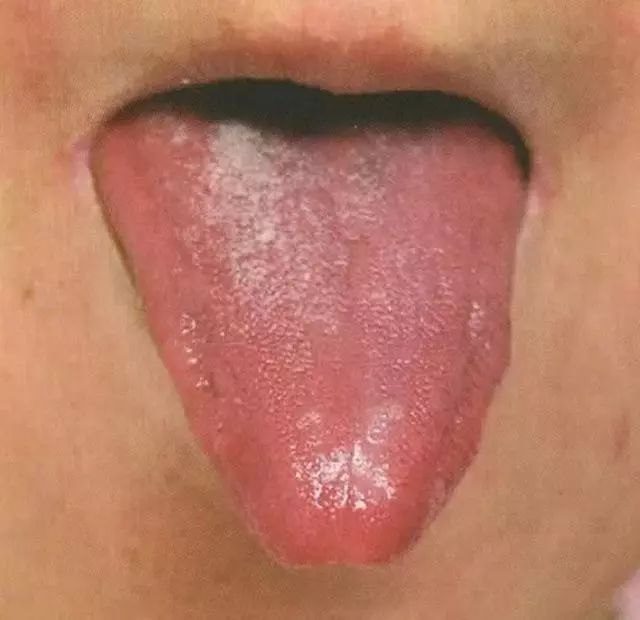
Red Tip of the Tongue:
Characteristics:
The tip of the tongue is red or has red spots, or even appears fragmented.
Clinical Significance:
Often indicates excess heart fire or lung heat.
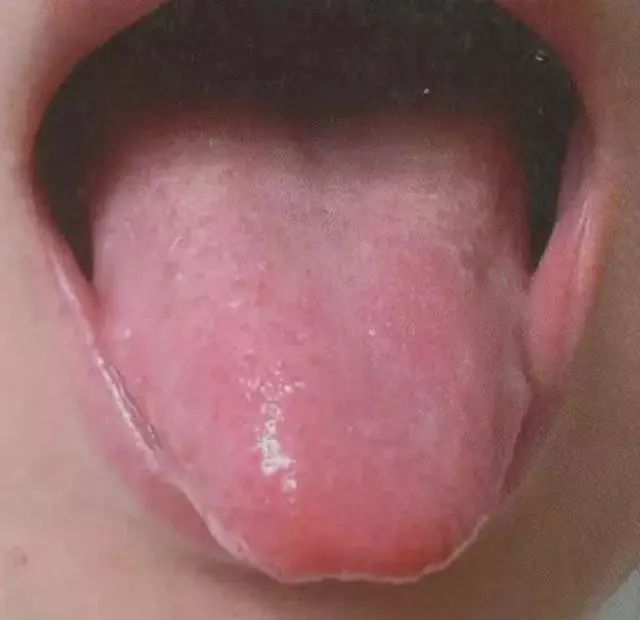
Red Edges and Tip of the Tongue:
Characteristics:
The tongue color is pale red or slightly red, with the edges and tip particularly prominent in red.
Clinical Significance:
Often indicates the initial stage of an external pathogenic condition, with heat in the heart and lungs, or excess heat in the heart and liver.
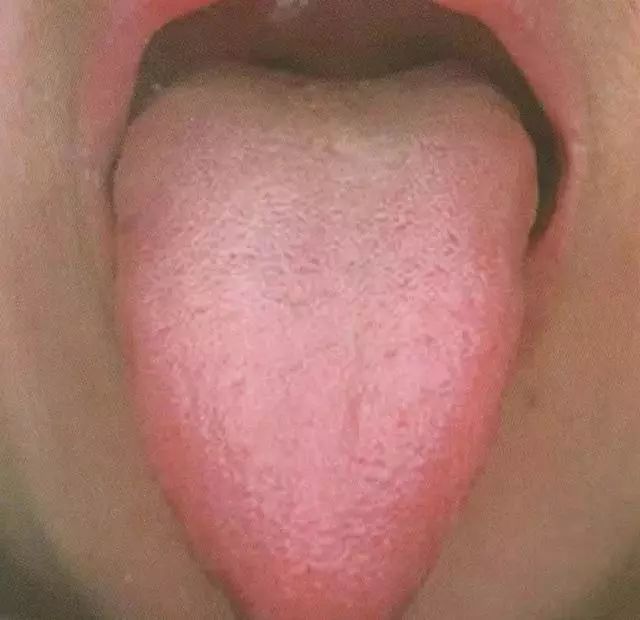
Blue-Purple Tongue:
Characteristics:
The entire tongue appears uniformly blue or purple, or has a bluish-purple hue, and in severe cases, the color may be dark blue or dark purple. The degree of blue-purple correlates with the severity of blood stasis; the heavier the blood stasis, the darker the blue-purple color.
Clinical Significance:
Indicates poor circulation of Qi and blood, and blood stasis.
TCM believes that the formation of a blue-purple tongue generally has the following six situations:
(1) Excessive internal cold, with Yang Qi not being expressed, leading to poor circulation of Qi and blood, and blood stasis;
(2) Excessive heat toxin, penetrating into the Ying and blood, scorching the Ying Yin, leading to poor circulation of Qi and blood;
(3) Lung failure to disperse or liver failure to regulate, causing Qi stagnation; or Qi deficiency failing to promote blood flow, resulting in blood stasis;
(4) Violent external injury, damaging blood vessels, causing blood to leak and appear blue-purple;
(5) Phlegm-damp obstruction, or accumulation of masses, leading to obstruction of blood flow;
(6) Also seen in certain congenital heart diseases and food poisoning.
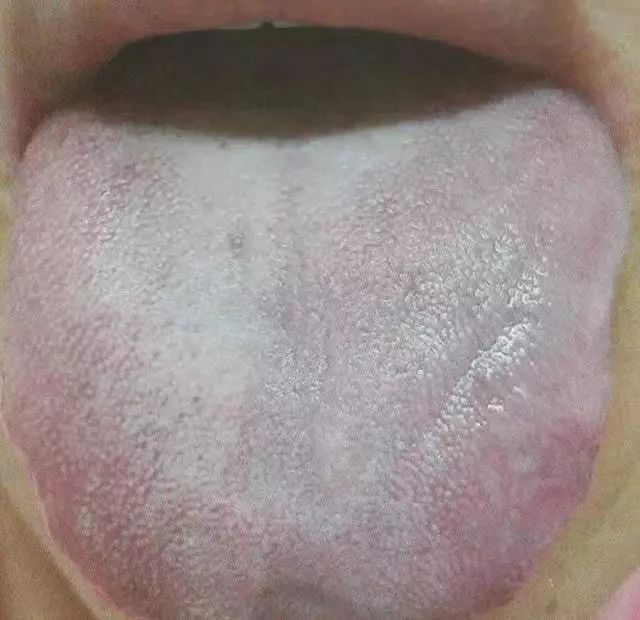
Pale Purple Tongue:
Characteristics:
The tongue color is pale white with a bluish-purple hue.
Clinical Significance:
Indicates excessive internal cold, poor circulation of Qi and blood, or Qi and blood deficiency with accompanying blood stasis.
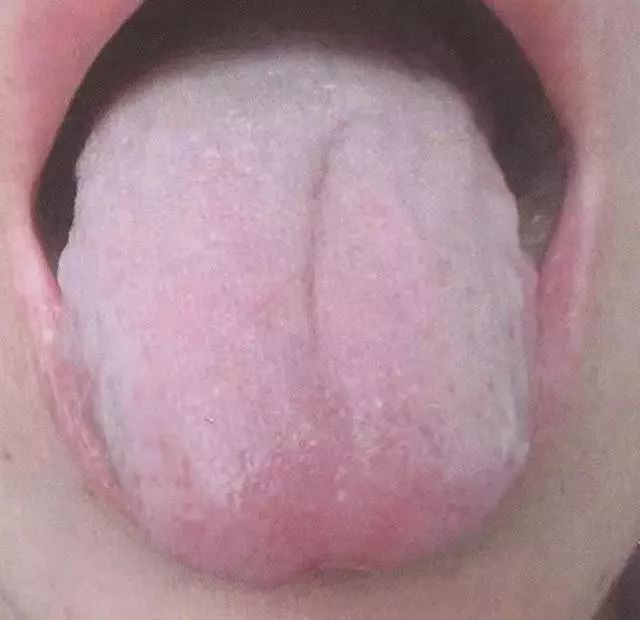
Stasis Spot Tongue:
Characteristics:
Localized blue-purple spots appear on the tongue surface, varying in size.
Clinical Significance:
Indicates Qi and blood stasis in the organs or locally.
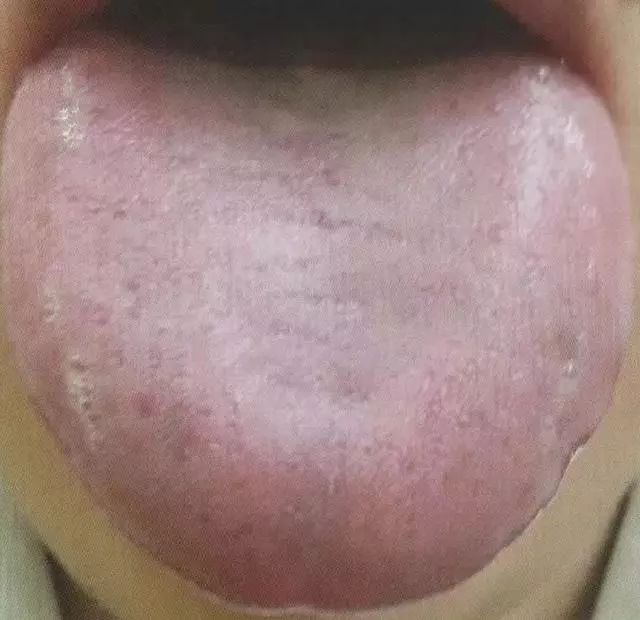
Stasis Dot Tongue:
Characteristics:
Blue-purple or dark purple spots appear on the tongue surface, often seen on the tip and edges.
Clinical Significance:
Indicates Qi and blood stasis in the organs or locally.
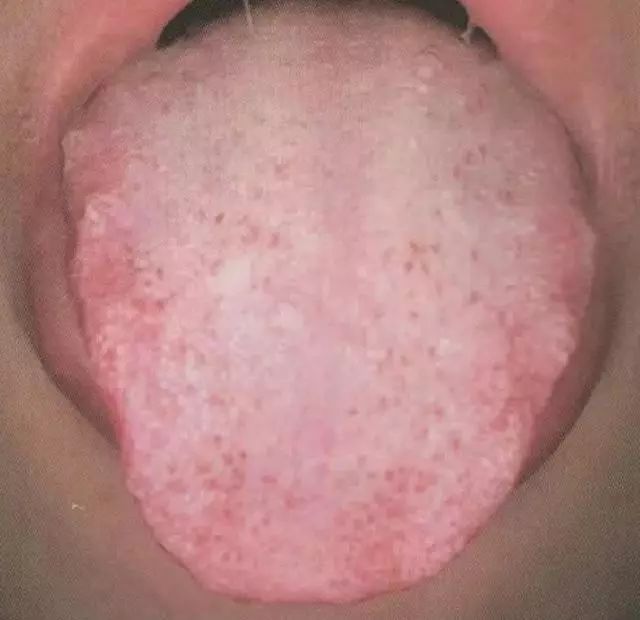

Popular Reads
The Secrets of the Ear
Fundamentals of Hand Diagnosis, Diagnostic Significance of the Fourteen Lines
Loquat Tea — Moistens the Lungs, Stops Cough, Clears Heat, Transforms Phlegm
Zuji Hall Ginger Acupoint Plaster Treatment
Zuji Hall Lavender Acupoint Treatment
Dr. Xu’s Eye-Opening Plaster
If you like our articles, remember to like, save, and share.
Please click the upper right corner to share it to your Moments or WeChat group, bringing health to more people.
Copyright Statement
We emphasize sharing; articles and images are sourced from the internet, and copyright belongs to the original authors. If there are any objections, please inform the editor, and we will delete them promptly.

Please long press the QR code above to follow my public account for more health sharing.

